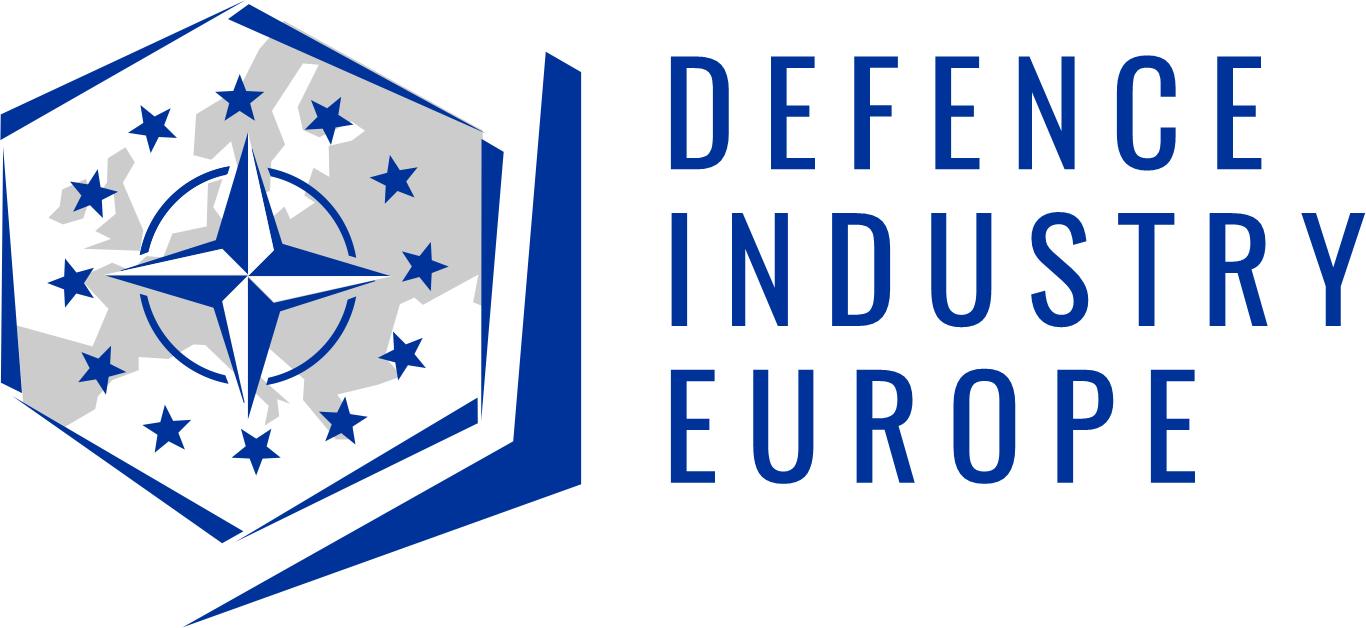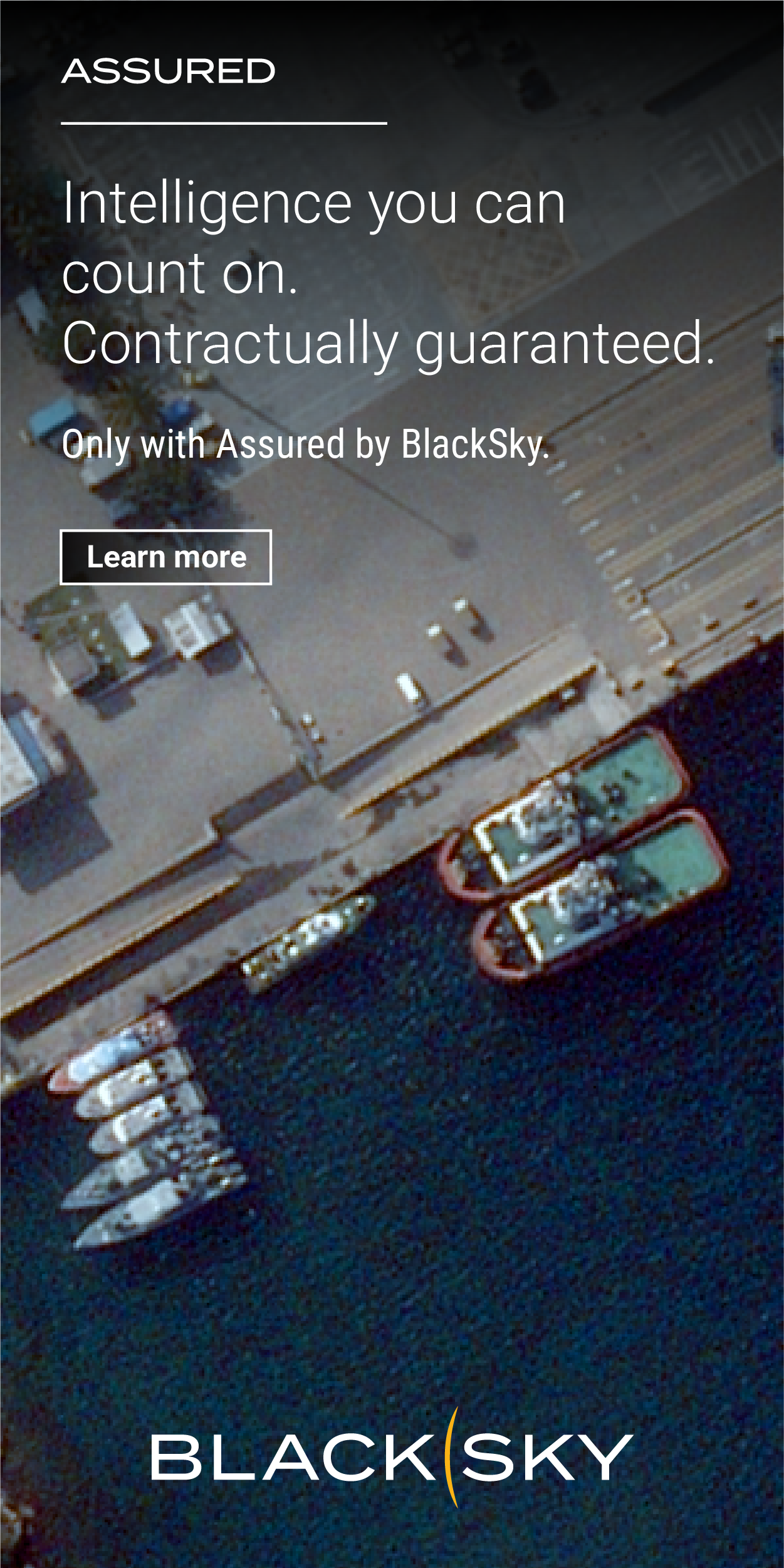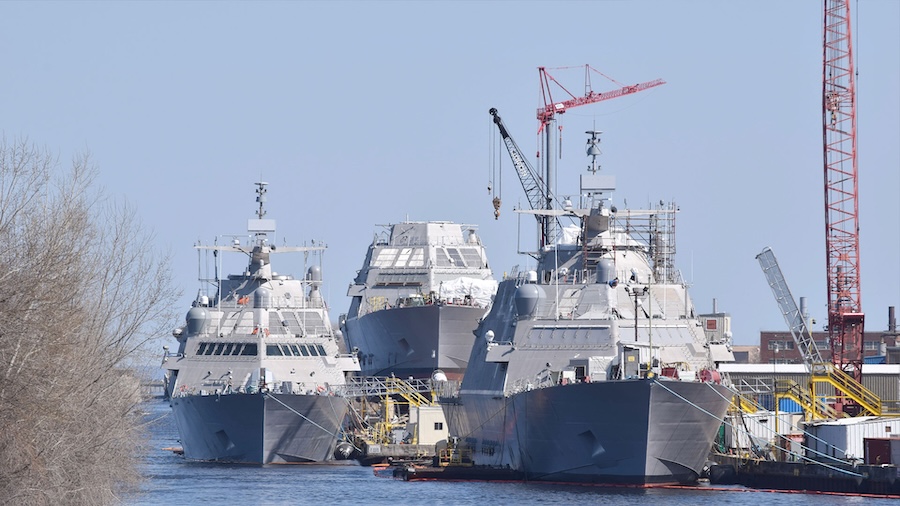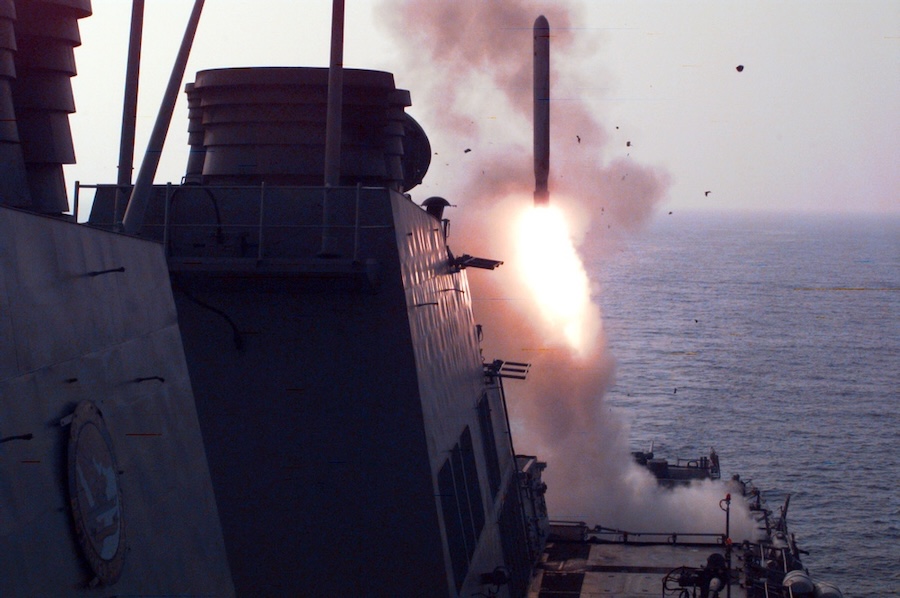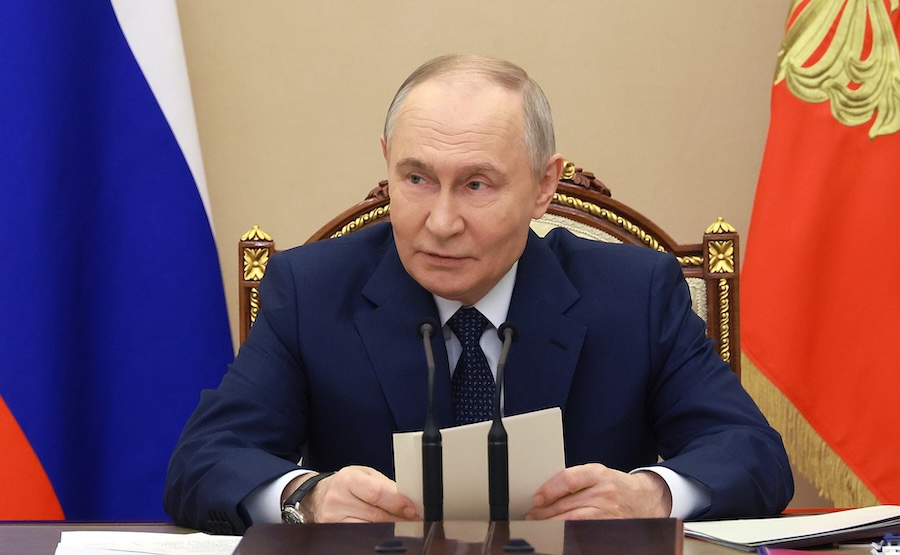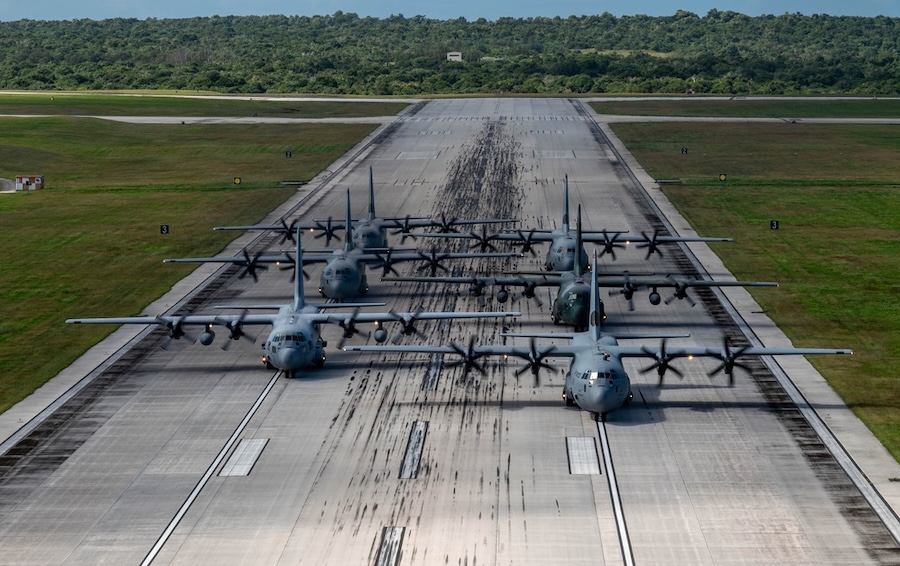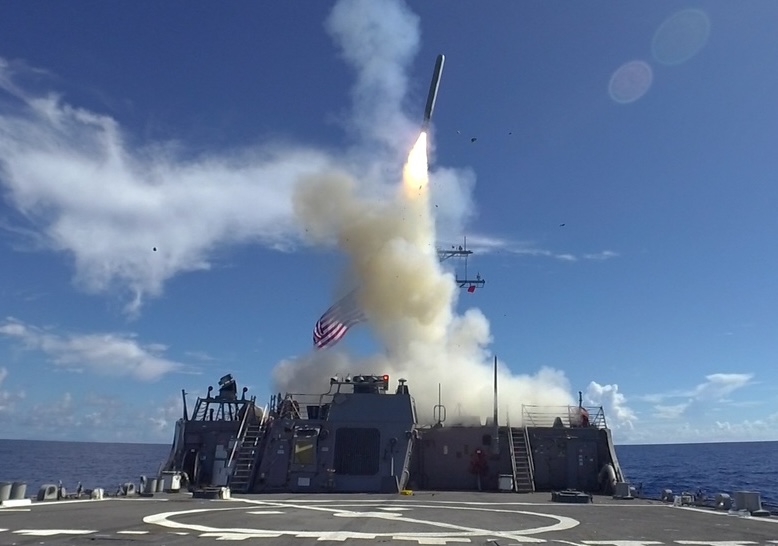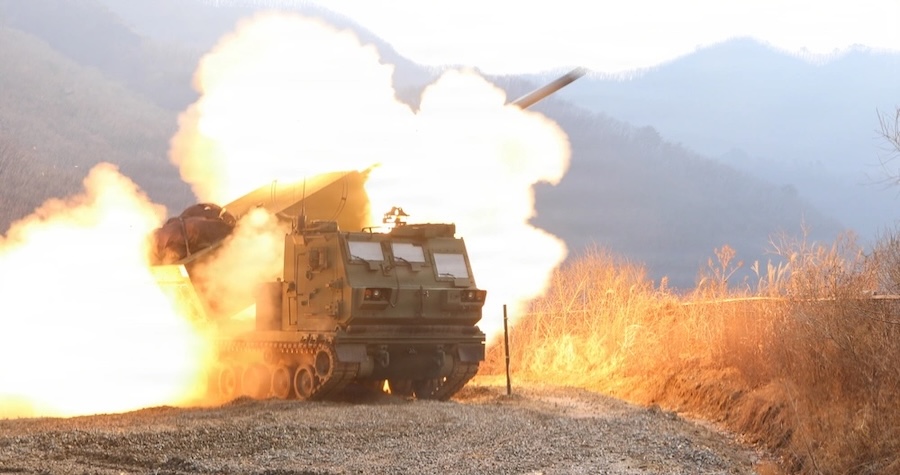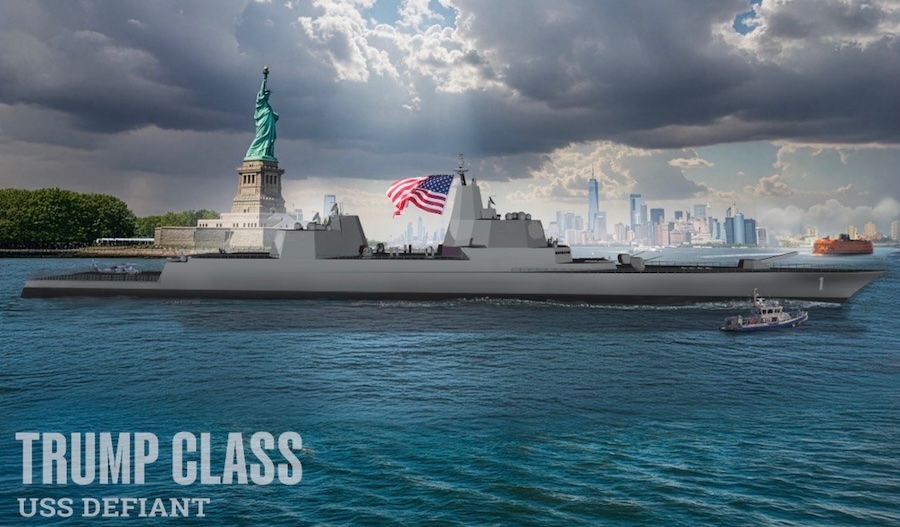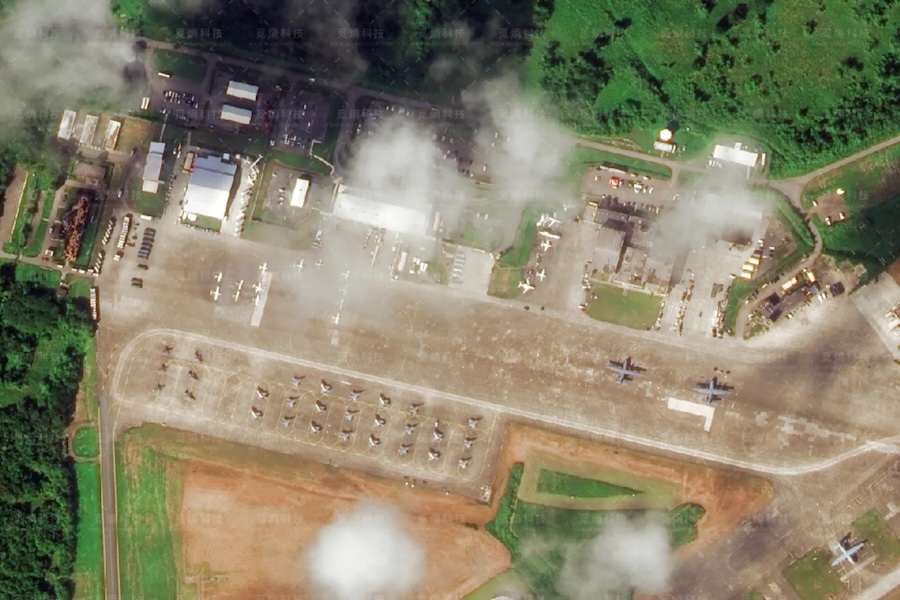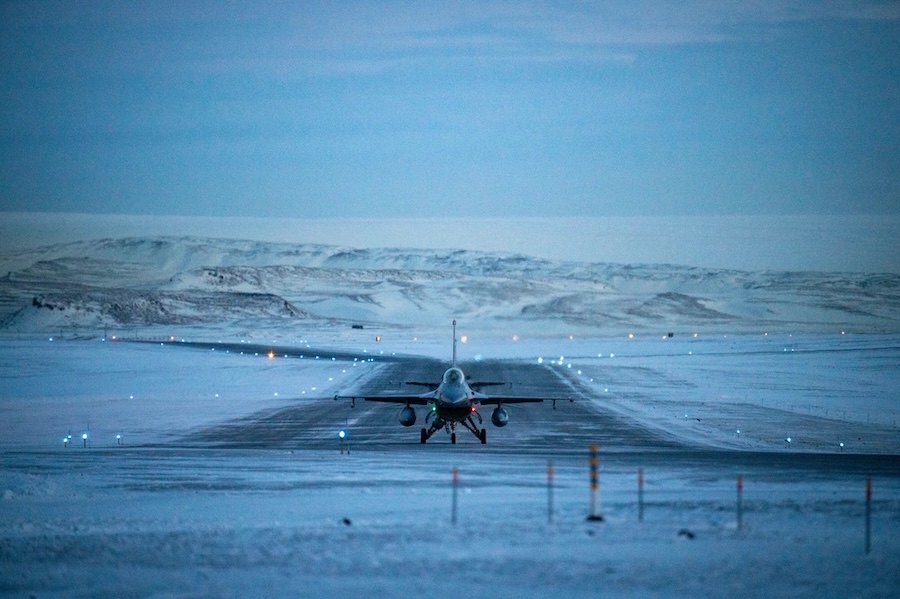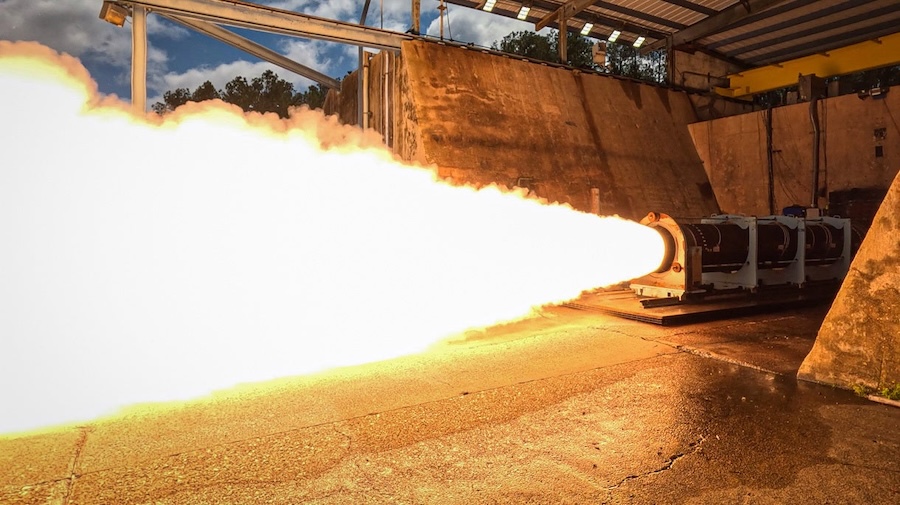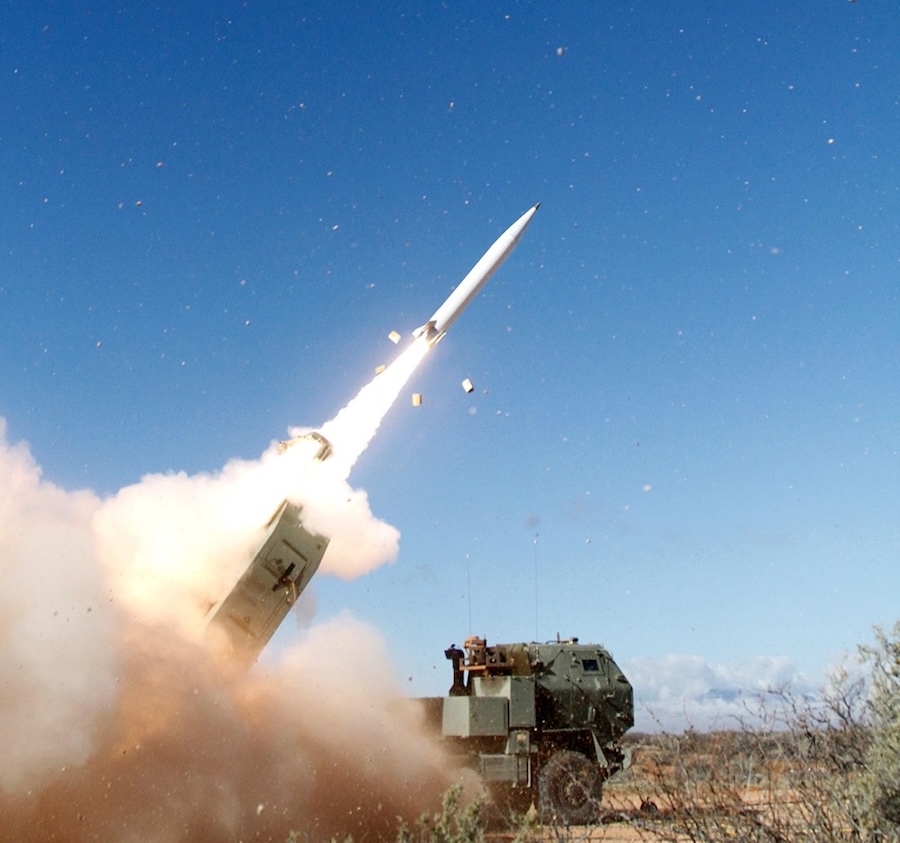A RS-24 Yars intercontinental ballistic missile was launched from the Plesetsk State Test Cosmodrome in Arkhangelsk region and hit its target at the Kura test range in Kamchatka. Separately, the ballistic missile R-29RMU Sineva was launched from the nuclear-powered submarine K-117 Bryansk in the Barents Sea.
This was the first SLBM launch from K-117 Bryansk since its commissioning in late 2024. In parallel, Tu-95MS bombers took off from Ukrainka airbase and launched several Kh-101 cruise missiles.
The exercise verified all components of Russia’s nuclear triad: ground-based, sea-based, and air-based delivery systems. The Strategic Missile Forces, based in Vlasikha near Moscow and reporting directly to the General Staff, operate around 300–320 land-based ICBMs including RS-24 Yars, RS-12M Topol, and RS-20V Voyevoda.
New systems such as the RS-28 Sarmat, capable of carrying multiple re-entry vehicles on variable trajectories, and the hypersonic Avangard are currently being deployed. Russia’s Naval Strategic Forces, part of the navy, include submarines of the Borei and Delfin classes equipped with R-30 Bulava and R-29RMU Sineva missiles respectively.
Bases for these units are located mainly in the Northern Fleet’s Severodvinsk and Gadzhievo, and the Pacific Fleet’s Vilyuchinsk. The air-based component includes Tu-160 and Tu-95MS bombers under the Long-Range Aviation Command, operating from Engels and Ukrainka airbases, and capable of carrying nuclear-tipped Kh-55 and Kh-101/102 cruise missiles.
Russia’s nuclear forces are supported by an integrated system of command, communication, and early warning infrastructure linked to the Kupol satellite network. Oversight is maintained by the General Staff and the President of the Russian Federation, who holds the sole authority to authorise the use of nuclear weapons to ensure both centralised control and credible retaliatory capability.


